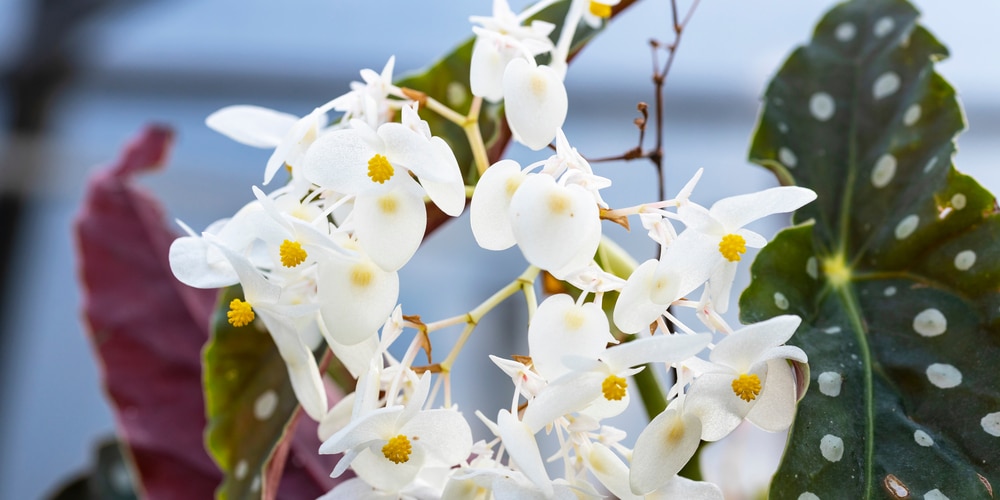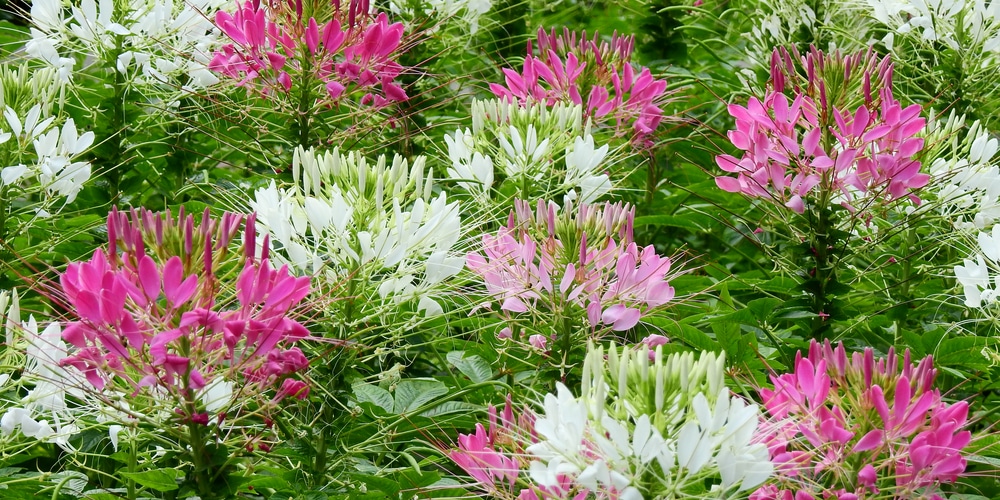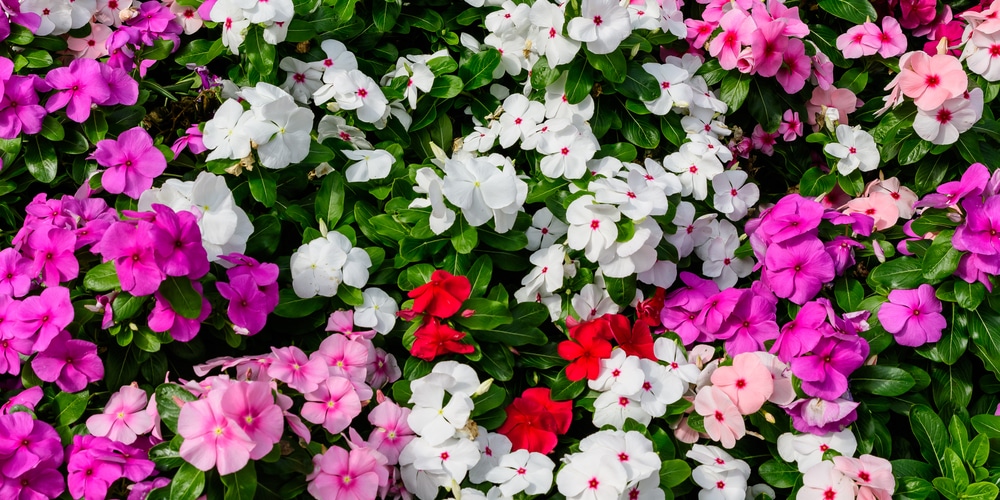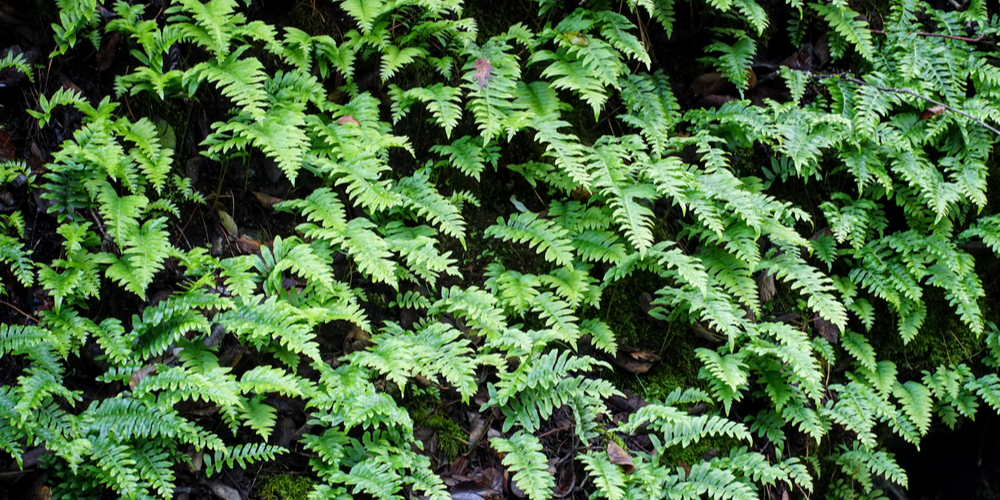Hellebore plants come in several varieties but require similar attention. These elegant perennials love shades and produce rose-like blooms at the end of winter. They are a valuable addition to many gardens. Not only do they produce abundant early spring blooms, but also dense foliage that adds livelihood to your yard during the winter.
Plus, if you live in USDA hardiness zones between 3 and 8, you’ll probably have no issues growing thriving hellebore plants. They are resistant to most diseases, tolerant to low temperatures, and repellent to small animals like rabbits and squirrels. While they can be stunning on their own, hellebores might perform (and look) much better when paired with the proper companions.
To learn more about hellebore companion plants, keep reading. In this list, you’ll find a couple of ideas to create a thriving and healthy garden where plants benefit from one another. Don’t forget that hellebores are perennials: you can swap companions throughout the season to get the most out of every relationship.
However, make sure you pick plants that do well with your soil pH and nutrient content and that withstand the climate conditions of your region. While companion plants can be beneficial, they are not a one-size-fits-all solution.
Begonias
Begonias do well in moist and nutrient-rich soils, as hellebores do. They require some attention from your side, but the efforts will give you stunning vividly pink or purple flowers that will be more than worth it. Hellebores prefer soils with a pH of around 5.5 but will tolerate less acidic environments too.
If your soil accommodates hellebores, adding begonias as companion plants will only do good. They thrive in acidic soils and have similar nutrient requirements.
Plant a few begonias here and there to add a splash of character among your hellebores!
Cleome
Cleome is a fast-growing annual that can get as much as 6 feet tall. They do well in moist soil and prefer hot weather, but they can thrive as hellebores’ companions, especially if you place them under direct sun.
Cleomes produce beautiful flowers that can be pink, purple, or even white. Because they are such tall plants, you don’t need to worry about them overtaking your hellebores. However, you may have to prune it at least once per year to give them an attractive shape.
Impatiens
Impatiens and hellebores do well together because they both like moist, well-draining, and rich in organic content soil. You can plant impatiens in a ring around your hellebores or a dense pack close to them.
Either way, the two plants will benefit from one another. Indeed, they will attract beneficial pollinators and predators of some pests that might cause them damage. You can select among different colors of impatiens: pick the ones that you feel will better complement your hellebores for better results.
Astilbe
Astilbe is a low-maintenance perennial that can add color and foliage to your hellebores. This plant loves the shade and often acts as a “filler plant.” Its dense and colorful flowers will liven up your garden, while its structure can provide support to your hellebores. Don’t forget that under optimal conditions, astilbe can become invasive: leave space between your hellebore plants to prevent astilbe from taking over.
Creeping Phlox
This plant offers a perfect match of color to hellebores. Plus, creeping phlox creates a ground cover that helps retain moisture and nutrients. That’s good both for you and your hellebores, as you won’t need to water them as frequently.
Ferns
Ferns are ideal hellebore companion plants. In general, they do well with most plants, so you are rarely wrong by adding them. Ferns and hellebores like moist environments and can tolerate low temperatures.
Plus, they make an aesthetically pleasing combination. You can either plant a tall variety around your hellebore to add some character to your garden or use a lower fern and fill in the gaps between hellebores.
Related: Japanese Painted Fern Companion Plants
Hellebore Companion Plants: The Bottom Line
While hellebores will do well alone, you may want to pair them with other flowering plants for a stunning aesthetic effect. Alternatively, to add density during the winter, add a perennial such as fern around them. For plants to be “companions,” they have to provide some benefits. Most hellebore companion plants don’t compete for nutrients and water and attract beneficial pollinators that improve blooming and scare away damaging pests.




